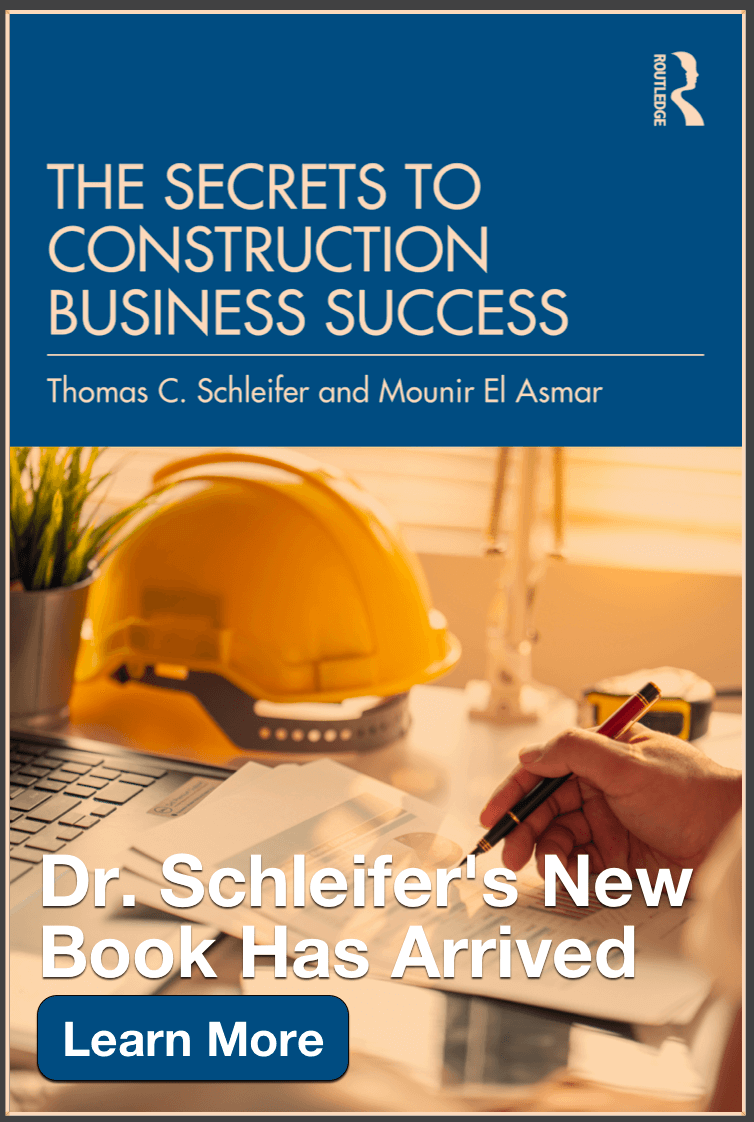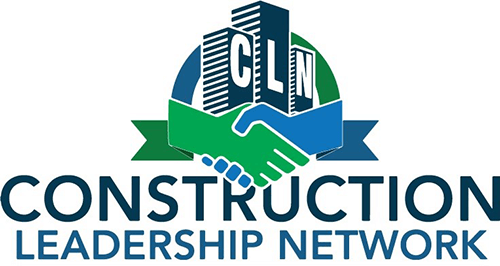
The most crucial element in construction profitability is selecting the appropriate project. It is not “cutting the payroll” or “speeding up the work” or “stretching the concrete”, or “reducing a bid”. It is not “bargaining with subs” or “negotiating with material suppliers”. Decades of research into contractor failure points to one primary cause: contractors were tackling projects they did not have the in-house capacity or capability to complete for a profit. Either they lacked the technical capability to build the project, or they lacked the financial capacity to fund the project through to the end. Or the project was located too far from their center of gravity or was it included work their estimators had little experience in pricing. In one aspect or another the project was simply a bad fit for that contractor.
There are No Bad Projects
As I have so often said: “There are no bad projects. Just bad matches between projects and contractors.” Picking appropriate projects that are a match for your company’s capacity requires a careful analysis of both your company’s capability and the demands on your capacity imposed by each job.
A mile-long suspension bridge puts different demands on a contractor’s technical and financial capability than a block long strip mall. It’s obvious that a contractor who has built hundreds of strip malls will have a better chance of making a profit building another one than attempting a suspension bridge.
When considering projects in your line of work, matching can be tricky. Most contractors automatically consider that going after any type of construction project that they have experience building is appropriate, regardless of size, location, or ownership. They fail to conduct a complete analysis of their company’s current capacity (manpower, financial, and technical); and then match all facets with the unique demands of the job under consideration.
Appropriate
Familiarity with the type of construction is only one of the factors that must be considered to determine if a given project is a good fit with a contractor’s capacity to complete the project for a profit. Other factors that must be considered to determine if a project is appropriate are:
- Size
- Geography
- Ownership
- Designer/architect
- Team experience
- Schedule
- Labor availability
- Experience with subcontractors
- Unusual infrastructure conditions
- Unusual design elements
- Critical long-lead or sole source materials
- Owner’s financing
- Owner’s payment methods
- Unreasonable contract terms
- Unusual bonding requirements
- Your competitive edge
- Critical team members available
- Fit with anticipated backlog
The Project Selection Program
The considerations listed above are a sample from the list of capacity factors I isolated as significant when designing The Project Selection Program for contractors to use when deciding on their next project. The factors of project size, type, location and personnel have a strong statistical correlation with a firm’s ability to complete a project profitably. Other factors such as project features, the project owner, and the contractor’s availability to complete the project are also statistically significant, but to varying degrees.
It took years to determine how to measure and weight these factors to produce an accurate project risk score. Issues considered included labor skill levels, subcontractor quality and availability, estimating, and owner expectations. The program was then tested using thousands of successful and failed projects to establish a statistically significant correlation between these factors to create a program and derive scores identifying each project risk.
Use it FREE
By using the tool before pursuing a project, contractors can know which projects to avoid. The program can also be used during construction to measure project performance. The Project Selection Program is available FREE at https://tools.simplarbenchmarking.org/projectselection.
Some question this tool because it is free. Many years of careful research went into the creation of the Project Selection Program that was sold for decades, and thousands of contractors reported improvements in their profitability year after year. Upon my retirement the program was placed in the public domain (free). I encourage all of you to take a careful look and put this essential tool to work for your firm. Proper project selection is the single most important profitability factor in the construction industry today. Next week I’ll share a couple of case histories to illustrate its effectiveness.
For more information about project selection, read more at: SELECTION
For a broader view of project selection factors, read more at: FACTORS
To receive the free weekly Construction Messages, ask questions, or make comments contact me at research@simplarfoundation.org.
Please circulate this widely. It will benefit your constituents. This research is continuous and includes new information weekly as it becomes available. Thank you.


